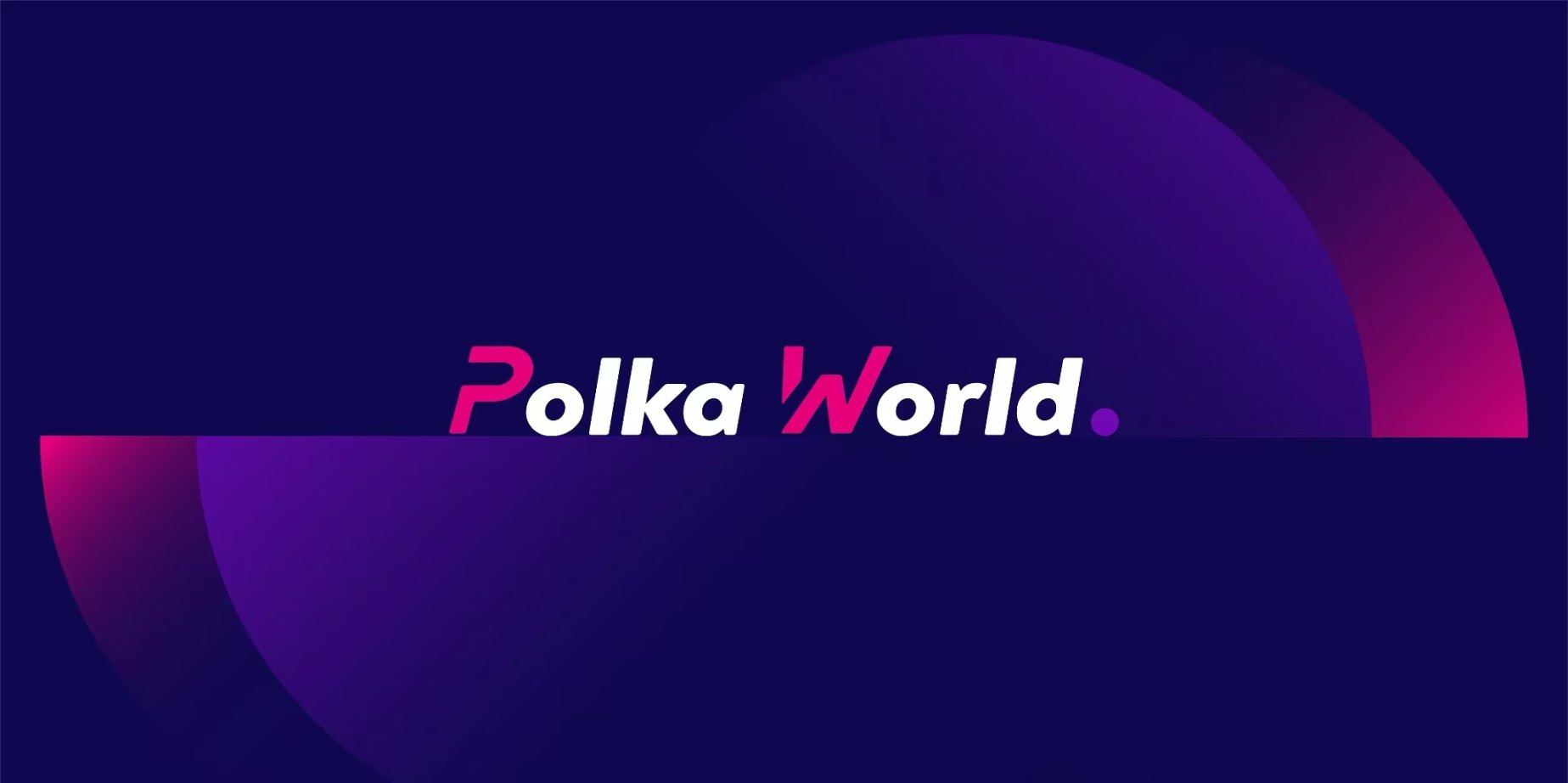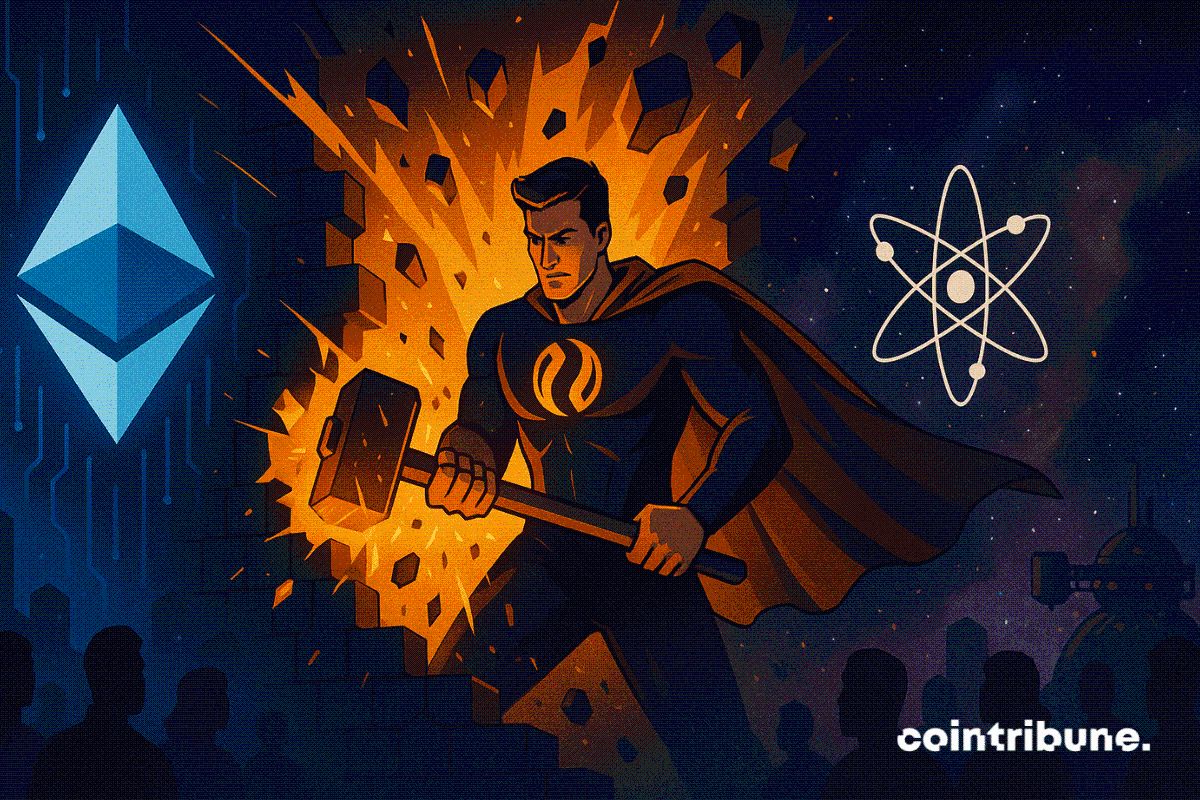Polkadot Hub will prioritize the launch of a 100% EVM-compatible execution environment, creating an ideal home for DeFi applications!

Decentralized Finance (DeFi) has already become the core application of Web3, but its development still faces some practical challenges: Ethereum’s high Gas fees, fragmented experiences between L2s, security risks of cross-chain bridges, and difficulties in liquidity aggregation. According to DeFiLama data, almost all of the top ten protocols by TVL are based on EVM, indicating that EVM has become the de facto industry standard.
Against this backdrop, Polkadot Hub has chosen a more pragmatic roadmap for 2025: first launching a 100% EVM-compatible execution environment (RustEVM) to allow seamless migration of Ethereum applications, while continuing to develop the RISC-V-based PolkaVM to prepare for more complex and high-performance applications in the future.
This is not a simple compromise, but a strategic choice based on its own strengths. Polkadot possesses shared security, XCM cross-chain capabilities, and a large validator network, which enables it to offer stronger security and liquidity aggregation while being EVM-compatible. In the short term, it can leverage the achievements of the Ethereum ecosystem, and in the long term, it can explore new execution environments, giving Polkadot Hub the opportunity to become the ideal landing platform for DeFi projects.
The Current DeFi Ecosystem
The DeFi ecosystem in 2025 is a thriving multi-chain landscape, with total value locked (TVL) surpassing $150 billions.
Ethereum, with its strong first-mover advantage and developer community, still dominates core areas such as lending and DEXs. However, even after its successful transition to PoS, high Gas fees and scalability limitations remain its main challenges.
Meanwhile, Layer-1 platforms like Solana, Binance Smart Chain, and Avalanche have attracted a large number of users with faster speeds and lower costs, but their siloed approaches severely limit cross-chain liquidity and interoperability.
Problems with Existing Systems
The current DeFi system faces the following main issues, which collectively limit its further potential:
1. Efficiency and Cost Dilemma
High Gas fees and network congestion on Ethereum severely hinder high-frequency trading. Although Layer-2 solutions can alleviate this problem, they rely on Layer-1 security, and asset transfers between layers still carry potential risks.
2. Centralized Bridge Risks
To aggregate assets from different chains and increase liquidity, many DeFi applications rely on centralized cross-chain bridges. This model brings double risks:
- Security vulnerabilities: Centralized bridges are prime targets for hackers. Once private keys or passwords are compromised, large amounts of assets are at risk of theft.
- Trust crisis: Centralized operators have privileges and may act maliciously for profit, making it difficult to establish community trust.
3. Low Smart Contract Execution Efficiency
Most blockchains supporting EVM face execution efficiency bottlenecks. To overcome this limitation, platforms are actively exploring new contract execution environments, such as Rust-based CosmWasm and Ink, as well as new RISC-V-based proposals from the Ethereum community.
4. Limited Underlying Functionality Expansion
Certain special applications that require support for underlying cryptographic primitives (such as ZK technology) are difficult to implement on general-purpose blockchains. Upgrading and expanding existing systems is often a long and difficult process, hindering deeper innovation in the DeFi field.
Why Polkadot Hub is Especially Suitable for DeFi
100% EVM Full Compatibility: Rapidly Bootstrapping Network Effects and Attracting High-Value Ecosystems
Polkadot Hub’s decision to prioritize a 100% EVM-compatible solution (based on the REVM engine) is a crucial strategic choice. In the past, Substrate projects faced cumbersome customized integration processes to get listed on mainstream exchanges or attract top applications. Now, this bottleneck has been completely broken.
- For developers: They can directly port unmodified Ethereum dApps, including popular protocols relying on older versions of Solidity, greatly reducing migration costs and enabling top Ethereum projects to quickly join the Polkadot ecosystem.
- For exchanges: Exchanges do not need additional adaptation and can use their existing Ethereum integration processes, simplifying the listing process for new projects and bringing more liquidity to the ecosystem.
- For the ecosystem: This move accelerates the onboarding of high-value applications and third-party service providers, quickly generating strong network effects. Infrastructure providers like Chainlink and The Graph, as well as compliance solution providers such as Elliptic and Chainalysis, can extend their services to Polkadot at almost zero cost, providing reliable oracles, data indexing, and compliance guarantees for all DeFi projects. This “Lego block” combination effect is the core driving force of DeFi innovation.
PolkaVM: The Innovation Engine for the Future
While REVM solves the current onboarding problem, PolkaVM (PVM) remains Polkadot’s long-term vision and innovation core. PVM, based on the RISC-V architecture, can deliver performance beyond EVM and support more complex applications.
- Performance and cost advantages: PVM will use technologies like JIT (Just-In-Time compilation) to provide more powerful on-chain computing capabilities than EVM, supporting more complex, computation-intensive tasks such as on-chain ZK primitives.
- Language flexibility: PVM is not only compatible with Solidity and Vyper, but also supports multiple languages such as Rust and C++, offering developers greater flexibility and unlocking more innovative use cases.
- Native support: PVM can natively support more complex cryptographic logic and next-generation DeFi protocols such as cross-chain derivatives, reserving unlimited innovation space for future high-performance, high-complexity DeFi applications.
XCM: Trustless, Native Cross-Chain Interoperability
Polkadot’s unique XCM (Cross-Consensus Message Format) protocol is its most significant differentiator from other ecosystems. It allows parachains to securely transfer assets and logic without relying on centralized bridges.
This means DeFi protocols can truly achieve “cross-chain composability,” enabling developers to build complex cross-chain yield farms spanning different parachains and maximizing capital efficiency.
Snowbridge: Unlocking Ethereum Liquidity Entry
The lifeblood of DeFi is the full flow of capital. Snowbridge, as a fully audited, trustless bidirectional bridge, can securely bring Ethereum mainnet assets (such as ETH, USDC, WBTC) into Polkadot Hub.
This solves the problem of liquidity “islands,” allowing Polkadot Hub’s DeFi ecosystem to directly leverage Ethereum’s vast capital pool, providing ample seed funding and trading depth for new projects.
Shared Security: Reducing Systemic Risk and Protecting High-Value Applications
Polkadot’s shared security model ensures that all parachains share the relay chain’s validator security. This provides top-level security guarantees for DeFi applications on Polkadot Hub.
Unlike Ethereum’s L2 solutions, cross-chain interactions within the Polkadot ecosystem do not require additional trust assumptions or withdrawal delays. This is crucial for DeFi applications handling high-value assets, effectively reducing systemic risks from bridge vulnerabilities or fraudulent behavior.
Outlook for DeFi Applications
The launch of Polkadot Hub is also a key adjustment in Polkadot’s development path: shifting from purely pursuing technological innovation to balancing ecosystem compatibility and market demand.
This is not a simple compromise, but a pragmatic, phased strategy. It is believed that Polkadot has realized the need for a solid bridge between technological ideals and market realities.
In the short term, the core is EVM compatibility. Polkadot prioritized the launch of the REVM-based solution to quickly address current market pain points. This allows high-value Ethereum applications to migrate faster and lowers the barriers for capital and users to enter, which is critical for forming DeFi network effects.
According to the roadmap, Polkadot will launch REVM on Kusama Hub in late October (UTC+8) and officially launch it on Polkadot Hub in mid-December (UTC+8), making it possible to start ecosystem expansion before the end of the year.
At the same time, Polkadot has not abandoned its own exploration. PolkaVM, as its technological trump card, is still progressing steadily, aiming for a future of higher performance and more complex applications.
The roadmap shows that the preview version of PolkaVM has already launched on Kusama and will enable higher-level optimizations such as JIT compilation by the end of Q2 2025 (UTC+8).
Disclaimer: The content of this article solely reflects the author's opinion and does not represent the platform in any capacity. This article is not intended to serve as a reference for making investment decisions.
You may also like
Visa Introduces Swift Payments with Dollar-Backed Stablecoins
In Brief Visa launches direct payments via stablecoins for freelancers and digital services. The pilot project aims to improve speed and transparency in global payments. Visa plans global expansion of this payment system by 2026.

Bitcoin Dependency Could Be XRP’s Biggest Weakness

Injective breaks down walls between Ethereum and Cosmos with its EVM

Consensus and SALT Launch Premier Institutional Crypto Summit in Hong Kong

